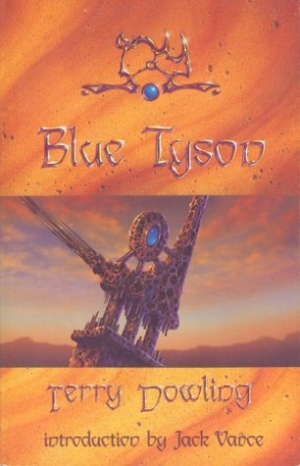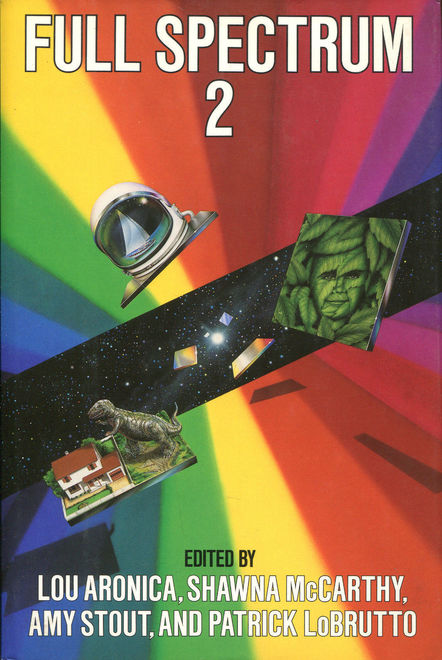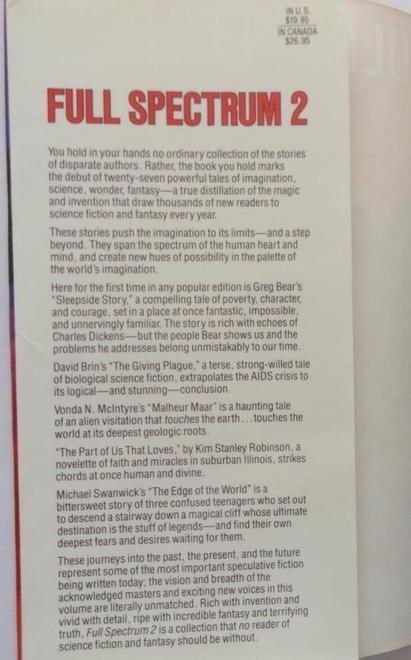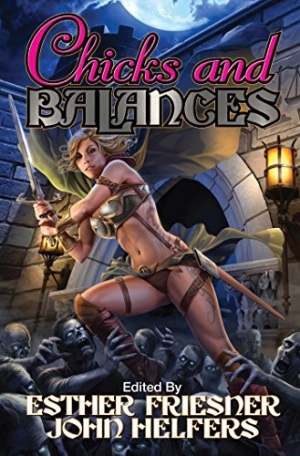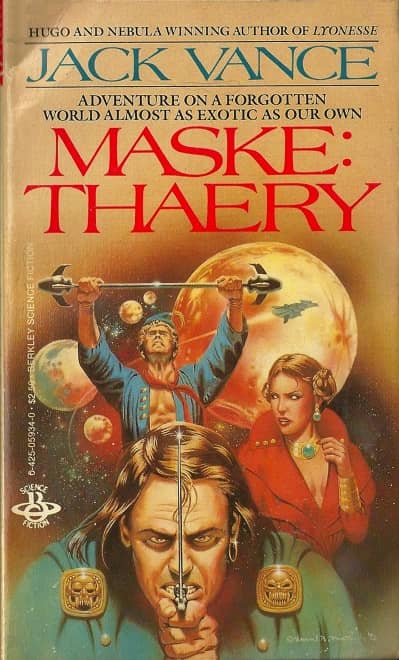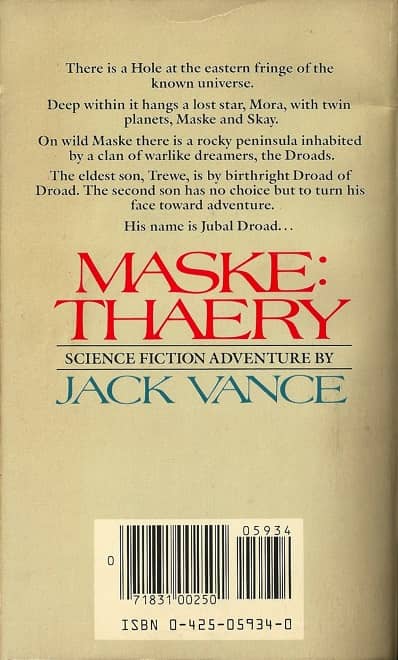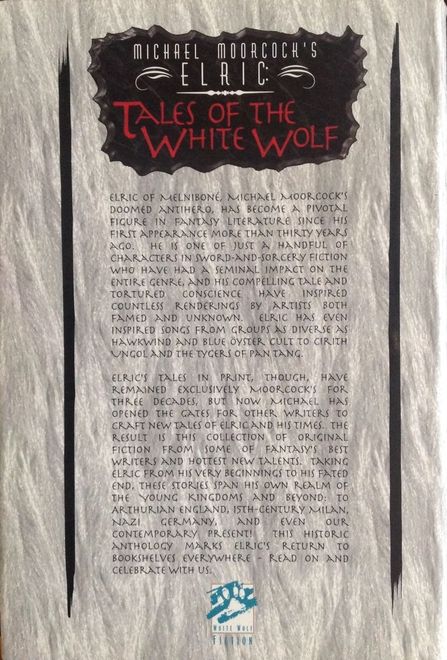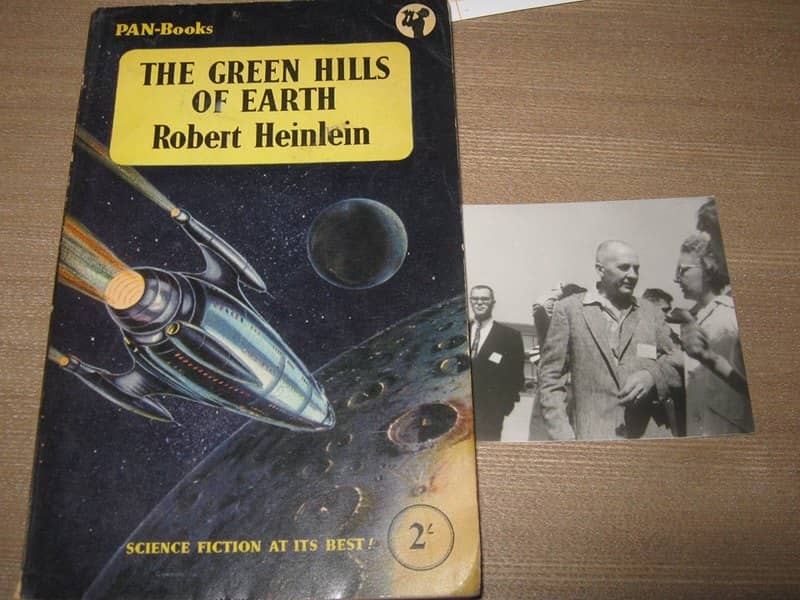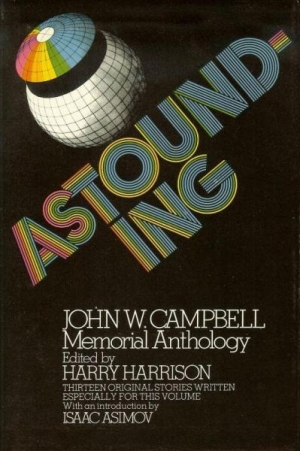Birthday Reviews: Kim Stanley Robinson’s “The Part of Us That Loves”

Kim Stanley Robinson was born on March 23, 1952.
Robinson won the Hugo Award for his novels Green Mars and Blue Mars. He won the Nebula for Red Mars, the first novel in the series, as well as for 2312 and for his novella “The Blind Geometer.” Red Mars also won a British SF Association Award, the Ignotus Award, and the Seiun Award. Green Mars won the Ignotus Award, the Italia Award while Blue Mars won the Prix Ozone. He won a World Fantasy Award for the novella “Black Air” and his novel Pacific Edge received the John W. Campbell Memorial Award.
“The Part of Us That Loves” was originally published in Full Spectrum 2, edited by Lous Aronica, Shawna McCarthy, Amy Stout, and Pat LoBrutto in 1989. Robinson included the story in his 1991 collection Remaking History and that same year it was translated into French.
The city of Zion, Illinois was founded in 1901 as a religious community. Although it has become a more traditional community over the years, Robinson uses its religious background as an effective setting for “The Part of Us That Loves.” The tale feels like two completely separate stories, though the first half provides the means of understanding the second.
The first half focuses on Naomi and Tom, two teenagers in the community band preparing for a concert in honor of two residents who are both celebrating their one hundredth birthday. The two are interested in each other, although they aren’t sure how to pursue that interest.
